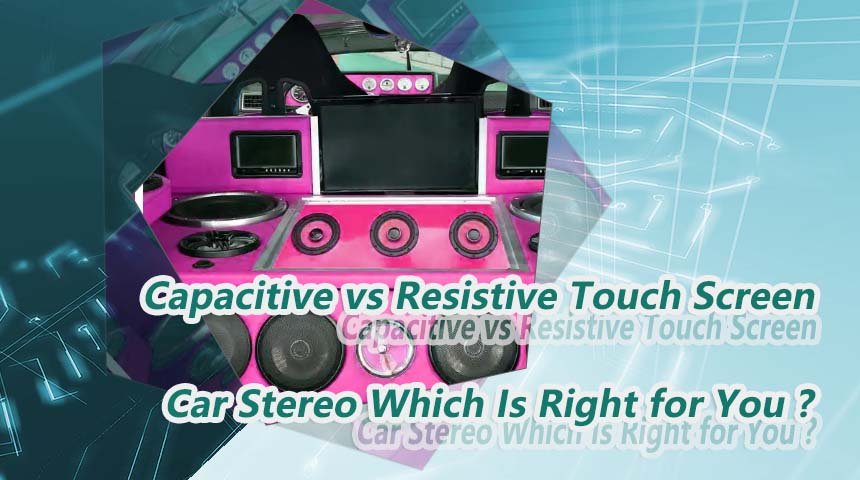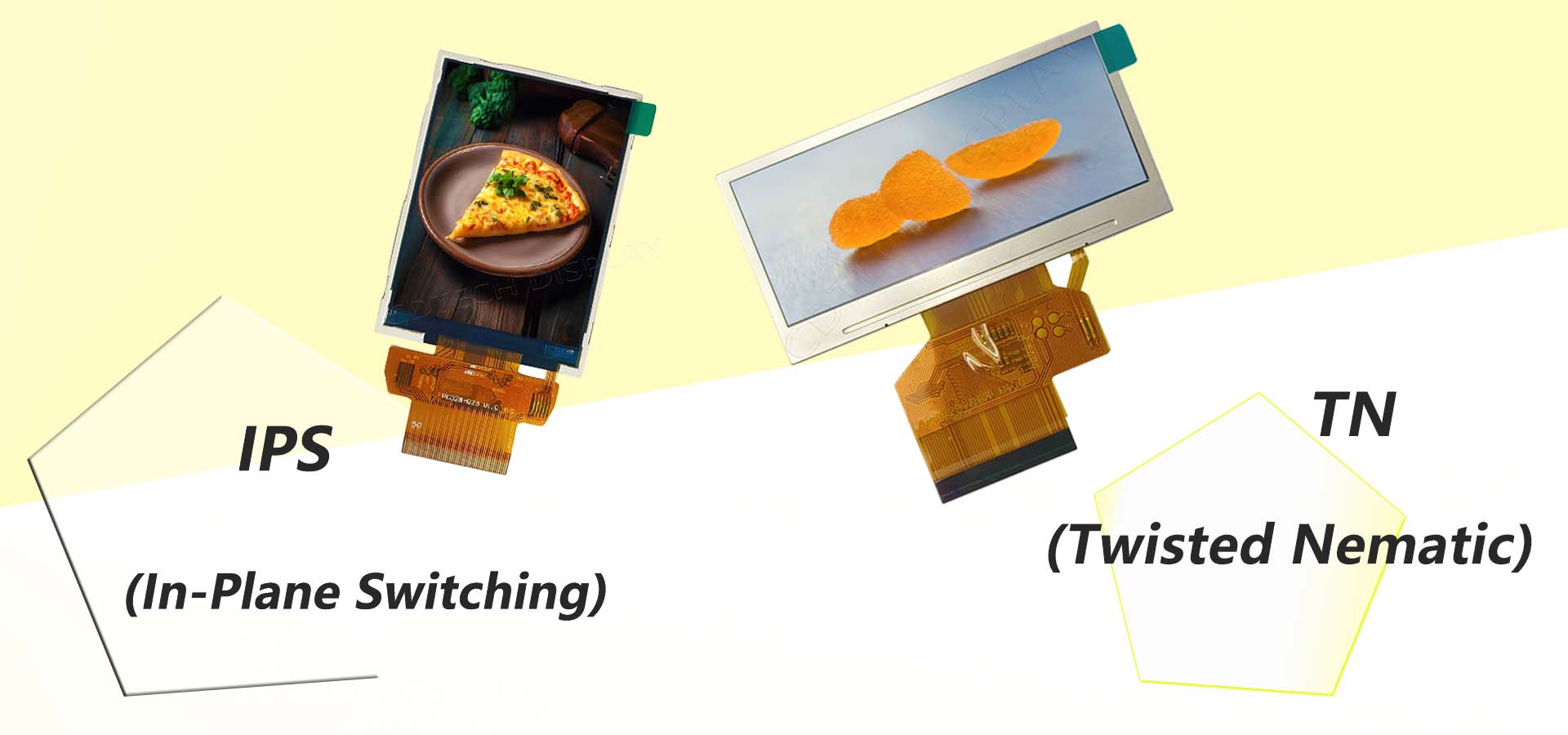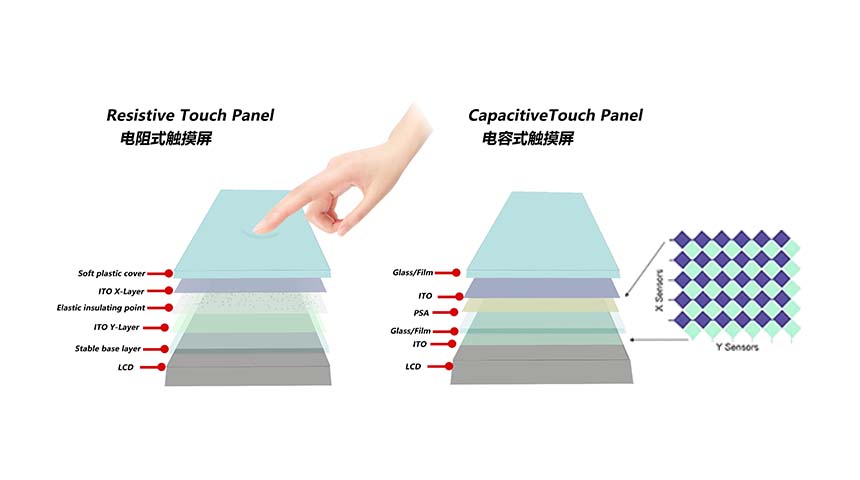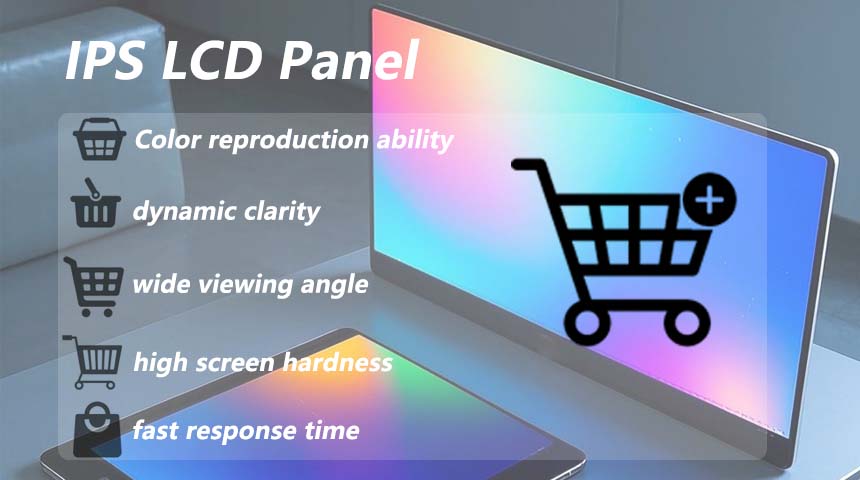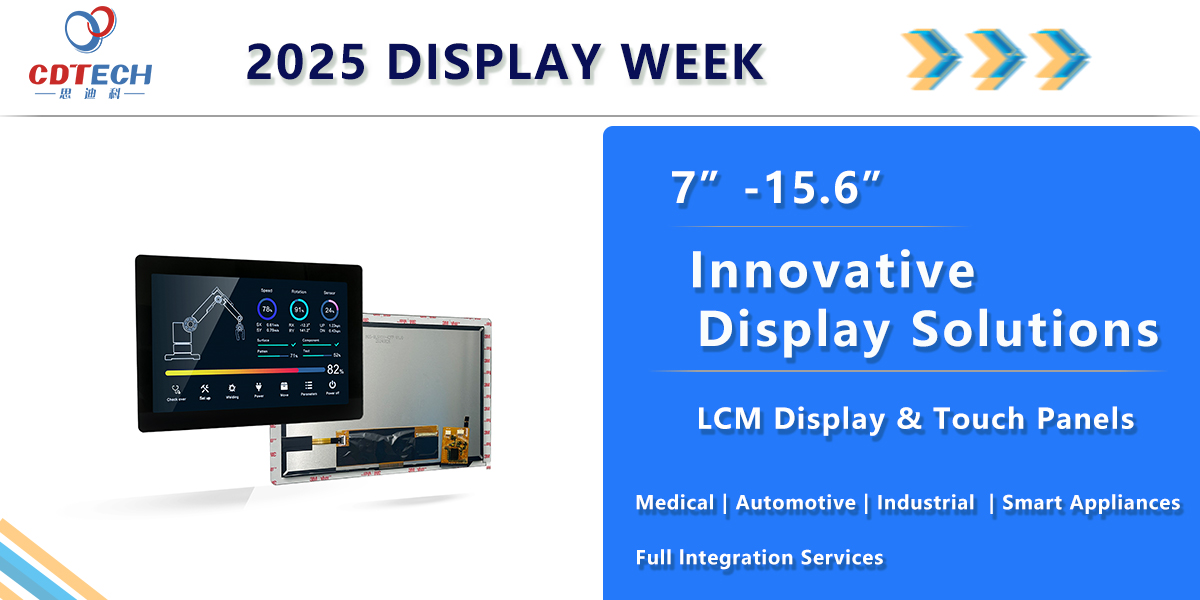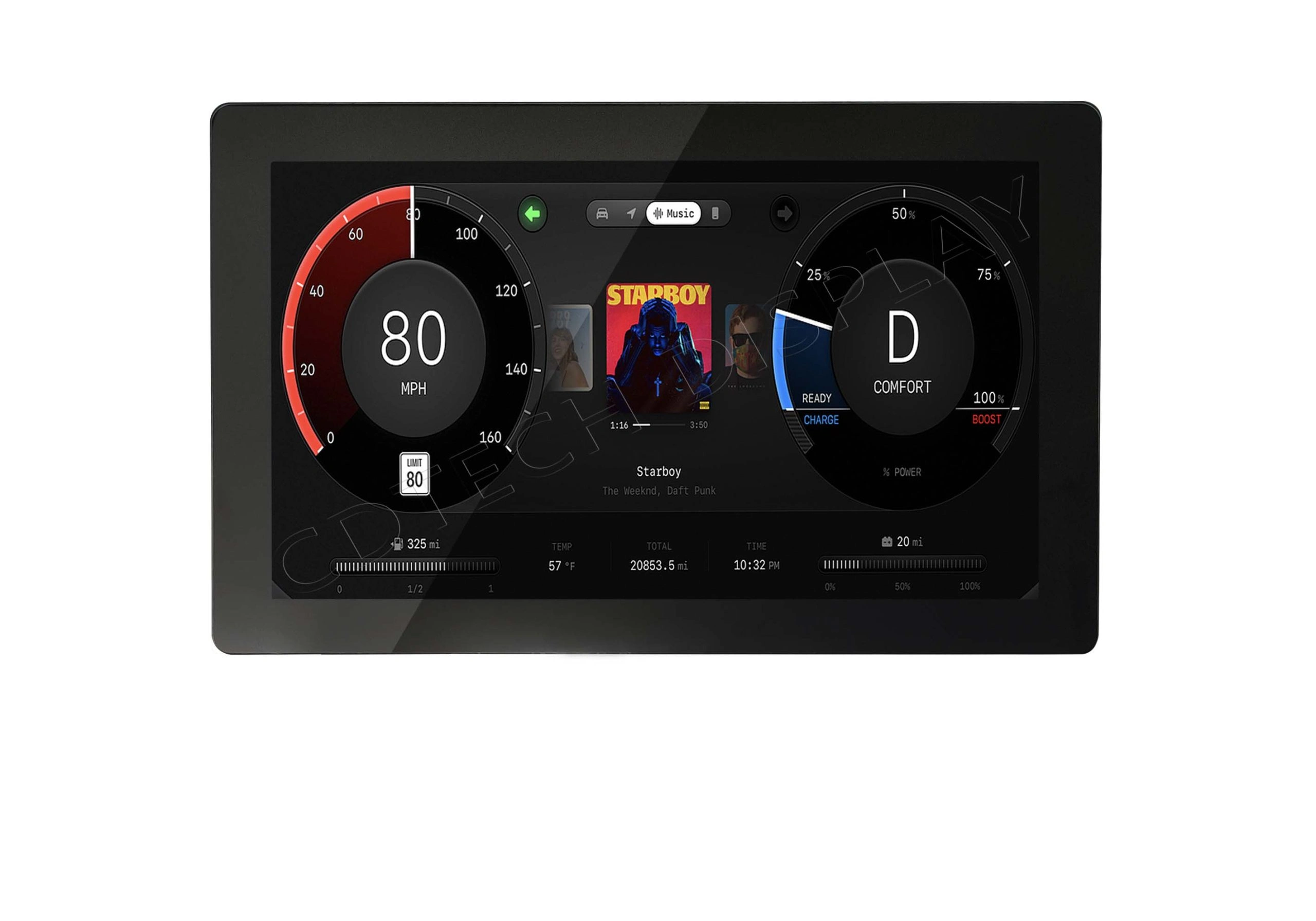Key Advantages of Using TFT LCD Display Screens in Electronics
Why Are TFT LCD Display Screens So Awesome for Users?
How Do TFT LCD Screens Even Do Their Thing?
TFT LCD display screens—aka Thin-Film Transistor Liquid Crystal Displays—work by having a bunch of tiny transistors chilling behind the liquid crystal layer. Every pixel’s got its own transistor calling the shots on color and brightness. You hit them with some voltage, and those transistors mess with the liquid crystals to tweak how light flows through color filters, making the images you see. This active matrix setup is way faster and sharper than those old passive matrix screens.
What Makes TFT LCD Tech So Dope?
Insanely Clear Pictures
TFT LCD display screens pump out crazy clear visuals because they boss each pixel with pinpoint accuracy. You get super sharp images, colors that pop, and details that shine, perfect for stuff like phones or factory machines. Their packed-in pixels are clutch for slick interfaces and HD videos.
Lightning-Fast for Action-Packed Content
TFT tech flips pixels quick, so you don’t get that annoying blur when watching fast stuff like games or movies. The speedy response keeps everything smooth as butter, especially for apps where you need instant action.
See It from Any Angle
Newer TFT LCD panels use fancy tech like IPS (In-Plane Switching) to keep colors and contrast looking fresh even if you’re peeking from the side. This is huge for group hangs or public screens where people are scoping it from all over.
Easy on the Juice
TFT LCDs don’t guzzle power like old CRTs or passive-matrix LCDs. With LED backlights, they stay bright and awesome without draining batteries, making them a solid pick for phones, tablets, or anything running on juice.
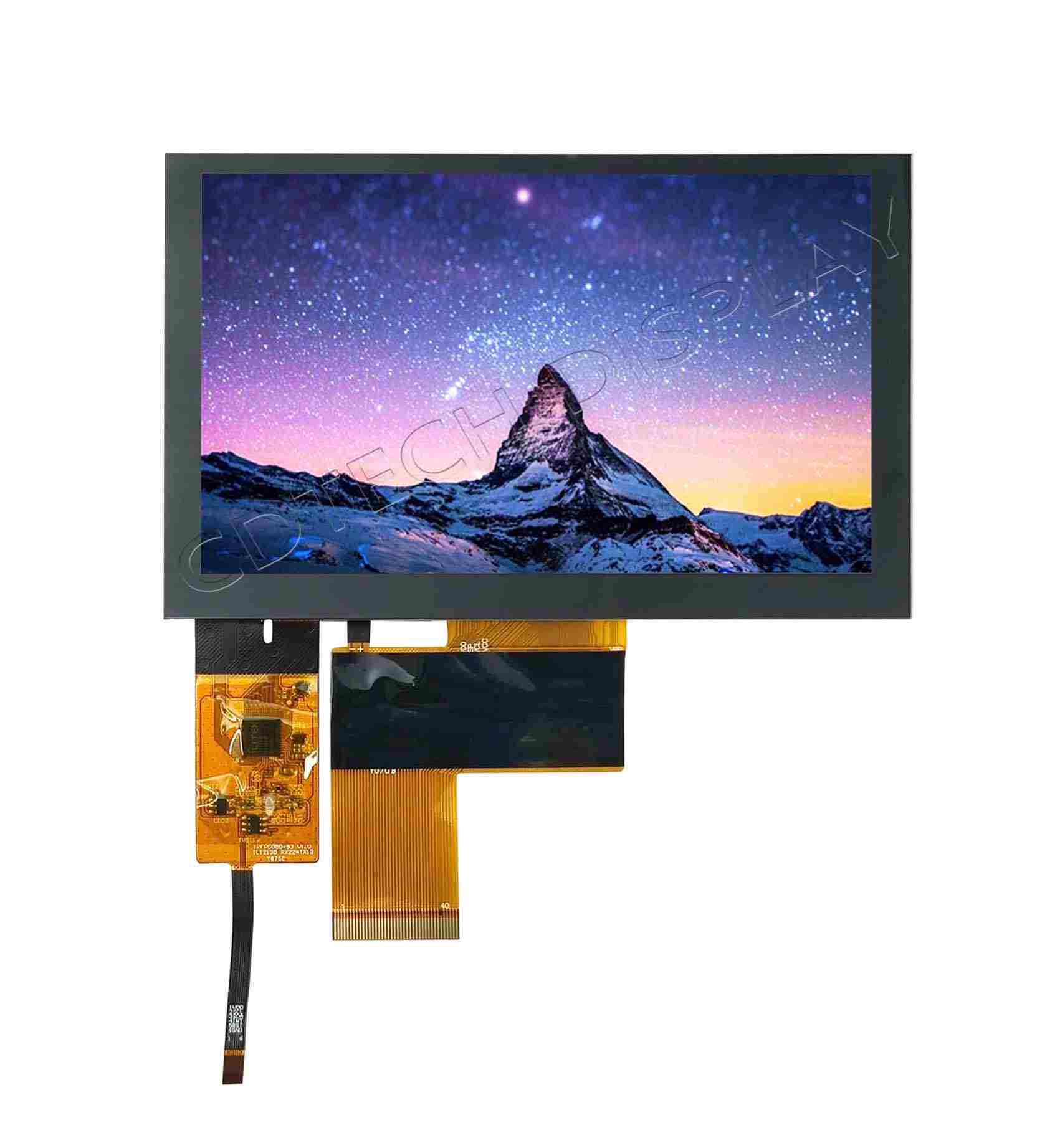
Where Are TFT LCD Screens Popping Off?
Why Are TFT LCD Panels the Go-To for Everyday Tech?
TFT LCD display screens are all over consumer gadgets because they’re flexible, perform like champs, and look straight-up fire.
Phones and Tablets
These devices need small screens with killer resolution, bright colors, and touch support—stuff TFT LCDs totally crush. Plus, they sip power, which helps your battery last longer, a must for mobile gear.
Laptops and Monitors
For laptops and monitors, TFT LCDs bring big screens, sharp visuals, and steady performance for everyone from casual users to pros. They vibe with hookups like HDMI and LVDS, so plugging them in is no sweat.
How Do They Help Out in Industrial and Car Stuff?
TFT tech isn’t just for consumer toys—it’s a beast in heavy-duty spots like factories and vehicles.
Built Tough for Rough Places
CDTech’s Industrial-grade TFT LCD panels are made to take a beating—think scorching heat, shakes, dust, or dampness, like on factory floors or outdoor setups. They keep on trucking without crapping out.
Clear in Sunlight with Touchy-Feely Features
Lots of industrial and car uses need screens you can read in blazing sunlight. High-brightness TFT panels with anti-glare coatings nail it. Plus, they work with capacitive touch tech for interactivity without losing toughness.
Who’s CDTech and Why Are Their TFT LCD Panels Lit?
What’s CDTech’s Deal?
Shenzhen CDTech Electronics, kicked off in 2011, is a high-tech squad all about TFT LCDs, Touch Displays, HDMI Displays, and other screen goodies. With our own R&D crew and tight quality checks, we dish out top-notch standard and custom display solutions for all kinds of industries.
What’s in CDTech’s product line?
Our lineup’s got standard-size TFT modules and custom builds. Take our 7-inch TFT LCD with capacitive touch—it rocks 1024 x 600 resolution and 400 nits brightness, perfect for embedded systems that need clear visuals in any light.
Why They’re All About Innovation and Custom Vibes?
We’re hyped about offering tweaks like resizing screens, swapping interfaces (RGB or MIPI), tuning brightness, adding touch, optical bonding, or printing on cover glass—making sure our screens fit your project like a glove.
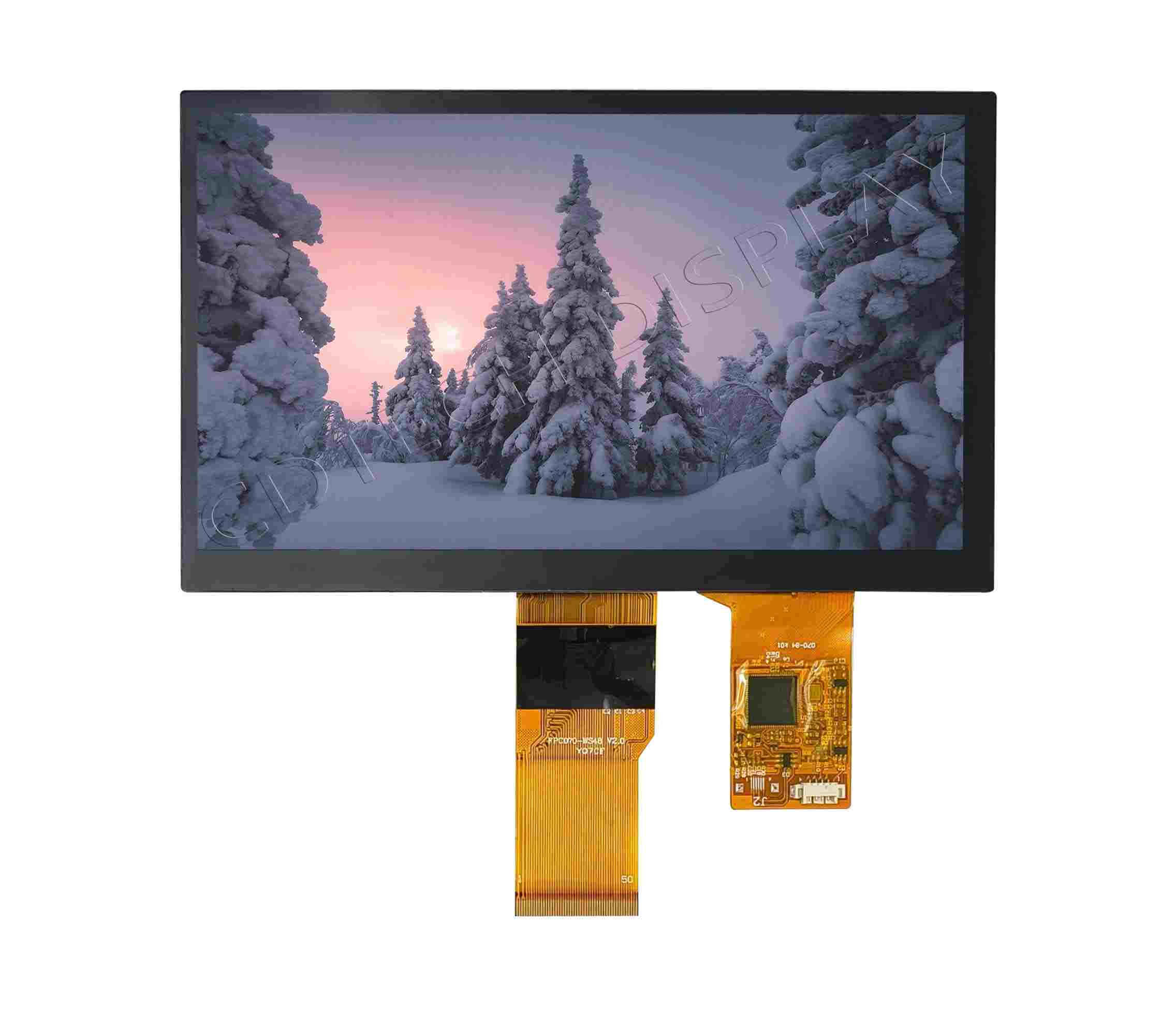
Why Go with CDTech’s TFT LCD Display Screens for Your Thing?
Killer Quality and Manufacturing Chops
Our adherence to these standards and certifications ensures reliable, safe, and eco-friendly products for diverse applications. CDTech’s got certifications like ISO9001, ISO14001, ISO13485, and IATF16949, showing we can handle big-deal industries like medical and automotive with strict rules.
The factory covers an area of 10,000 square meters equipped with industry-leading automated production significantly enhancing production efficiency and product quality.
Works for All Kinds of Industries
Our products can be widely used in Industrial Control Equipment, Medical, Smart-Home, Automotive and Vehicle Displays. Our global partnerships span Europe to Asia—testament to the trust placed in our display solutions worldwide.
How Do You Pick the Perfect TFT LCD Display Screen?
What Should You Check When Grabbing a TFT LCD Panel?
Choosing the right CDTech TFT LCD screen means eyeballing a few techy details based on what you’re doing.
Screen Size and Resolution
Figure out the sweet spot between size (measured diagonally) and pixel resolution based on space or how much detail you need. More resolution means sharper pictures but might need extra processing power.
Interface Hookups (RGB, LVDS, MIPI)
Make sure the panel’s interface jives with your system’s output, like RGB888/666/565 parallel ports or serial ones like MIPI DSI or LVDS, for a smooth connection.
Brightness, Contrast, and Viewing Angles
For gear in changing light, grab high-brightness panels (300+ nits) with solid contrast ratios (>500:1) for clear visuals. Wide-angle viewing keeps it readable from all sides, a must for group setups.
How Do Custom Tweaks Make It Better?
Customizing stuff like backlight brightness or touch sensitivity lets you match your environment or user needs. For example:
-
A kiosk might want an anti-glare coating.
-
A surgical monitor could need super bright settings.
-
A car dashboard needs to handle shakes and wild temps.
Customizing early saves you from retrofitting later, boosting reliability and keeping costs in check.
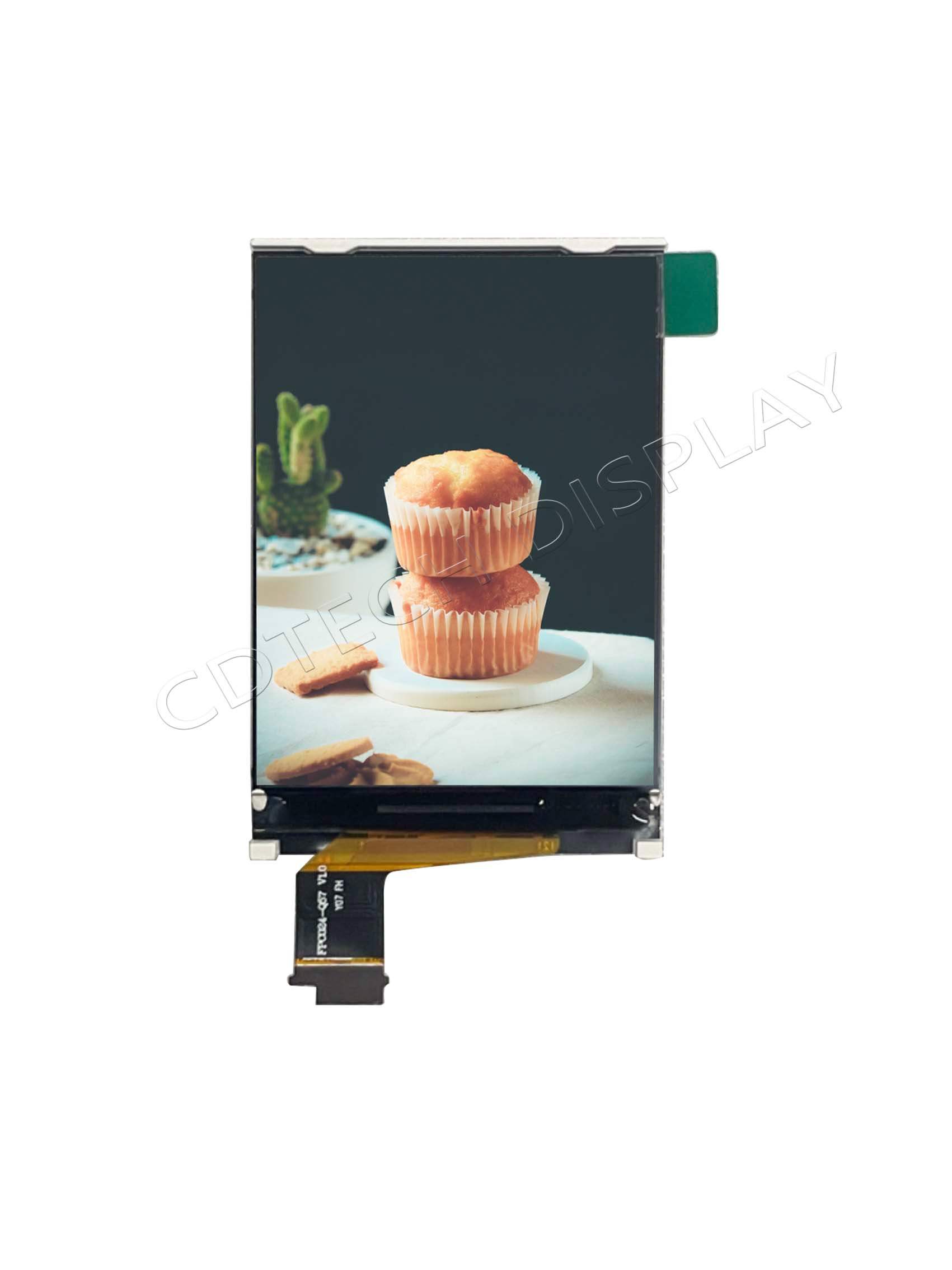
FAQ
Q: What’s the deal with TFT vs. regular LCD screens?
A: Regular (passive-matrix) LCDs are slowpokes because they don’t have a transistor for each pixel. TFT tech uses an active matrix where every pixel’s got its own transistor, giving you zippy refreshes and dope image quality.
Q: Are TFT LCD display screens cool for outdoor use?
A: Heck yeah—especially with high brightness (300+ nits), anti-glare coatings, or optical bonding. These make them super readable in sunlight, perfect for outdoor kiosks or car dashboards.
Q: Can I use a CDTech TFT LCD panel in embedded systems?
A: You bet. Our panels—like the 7-inch 1024×600 model—are made for embedded setups. They support interfaces like RGB/MIPI/LVDS, and offer optional capacitive touch functionality, making them perfect fits for compact computing environments.

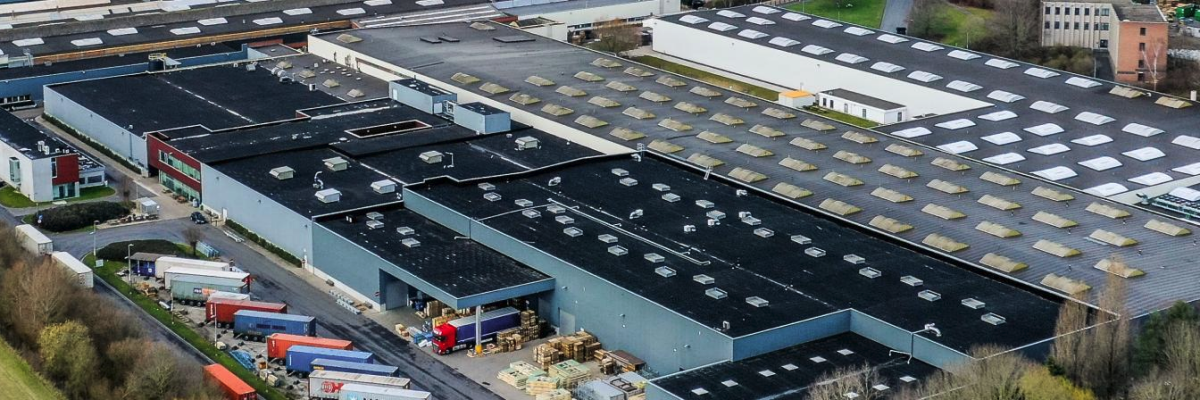
 2025-10-16
2025-10-16  11:50
11:50 